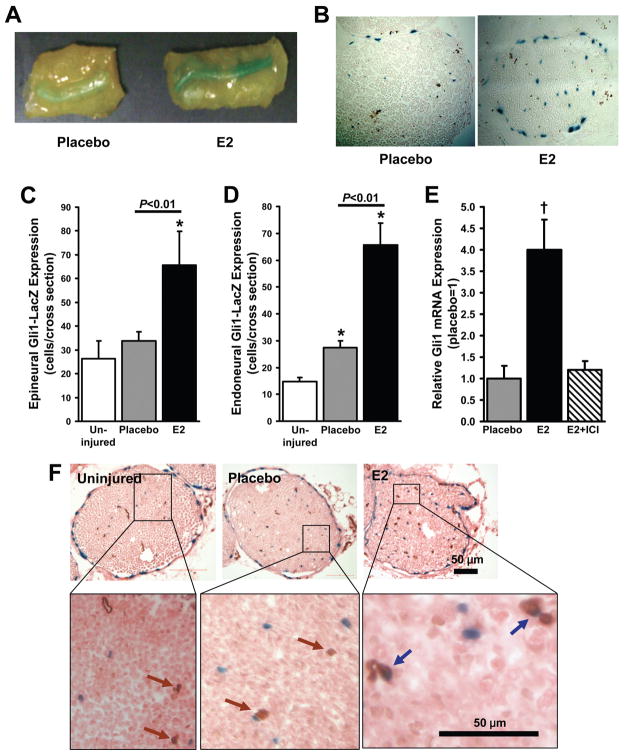Figure 3. Local E2 injection activates Ptch1 and Gli1 expression in injured nerves.
Ptch1-LacZ mice and Gli1-LacZ mice received local injections of E2 or saline (placebo) and PLGA 1 week before sciatic nerve-crush injury; subsequent assessments were performed in mice sacrificed three days after injury, when both Ptch1 and Gli1 mRNA expression were significantly upregulated in WT mice (Figures 2C, D). (A, B) The activation of Ptch1-LacZ protein expression was evaluated by staining (A) whole-mount tissues and (B) cross sections of the injured nerves from Ptch1-LacZ mice with X-gal (blue). (C, D) The activation of Gli1-LacZ expression was evaluated in X-gal–stained sections of (C) epineural and (D) endoneural tissue from the injured nerves of Gli1-LacZ mice. (E) Gli1 mRNA expression was evaluated in Gli1-LacZ mice treated with placebo, with E2 injections, or with injections of E2 and the E2-receptor blocker ICI; measurements were performed via qRT-PCR, normalized to endogenous 18S rRNA levels, and presented relative to the values obtained in placebo-treated mice. (F) X-gal–stained sections from uninjured limbs and from the injured limbs of placebo-treated and E2-treated mice were co-stained for expression of the endothelial-specific marker CD31 (brown) to identify endothelial cells that expressed Gli1 (blue). *P<0.01 versus uninjured; †P<0.01 versus placebo or E2+ICI.

